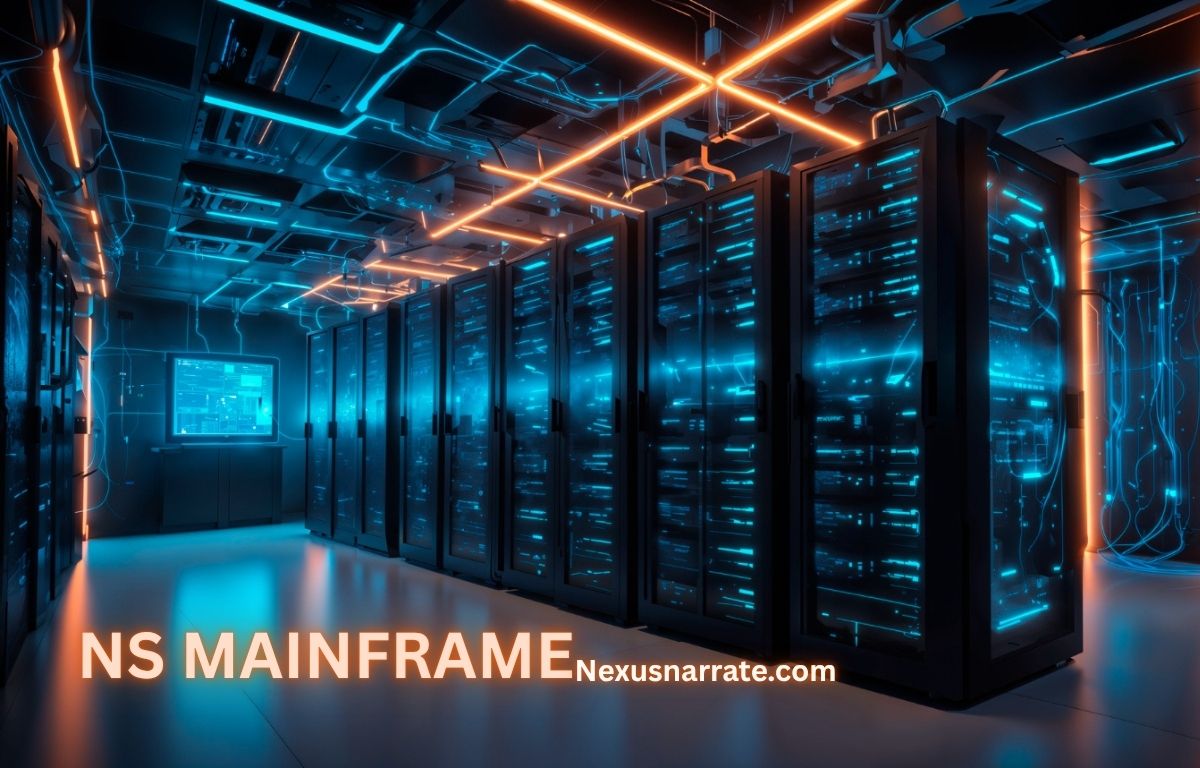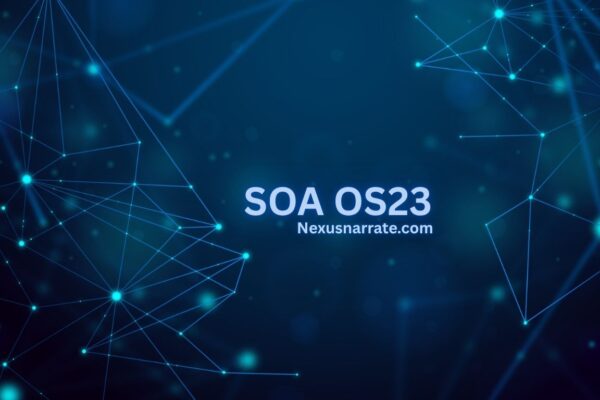In a world where technology is constantly evolving, one might wonder if traditional systems like the NS Mainframe still hold relevance. Surprisingly, they do! The NS Mainframe has not only endured but thrived amidst the rise of cloud computing and agile development practices. Its robust architecture continues to support critical operations globally. As businesses seek reliability and performance, the NS Mainframe stands out as a cornerstone in today’s tech landscape. Let’s explore its evolution, key features, applications, and why this powerhouse remains essential for modern enterprises.
NS Mainframe in Today’s Tech Landscape
The NS Mainframe plays a pivotal role in today’s tech ecosystem. Many organizations rely on it for processing large volumes of data swiftly and securely. With its unparalleled reliability, the mainframe remains a backbone for industries such as finance, healthcare, and retail.
In an era where speed and efficiency are crucial, the NS Mainframe adapts seamlessly to modern demands. Its integration with cloud services allows businesses to leverage existing infrastructure while exploring new opportunities. This adaptability ensures that even as technology evolves, the NS Mainframe continues to deliver exceptional performance and value.
Also Read: https://nexusnarrate.com/ecmiss/
Introduction
NS mainframe technology has been a cornerstone of enterprise computing for decades. Despite the rapid advancements in cloud solutions and distributed systems, many organizations still rely on it to process large volumes of data efficiently.
These powerful machines continue to play a significant role in various industries, supporting critical applications that demand reliability and performance. As we explore their relevance today, it’s clear that it are not just relics—they remain vital assets in modern tech landscapes.
The Evolution of NS Mainframe
NS Mainframe has come a long way since its inception. Initially designed for heavy data processing, it quickly adapted to meet the growing demands of businesses in various sectors. The introduction of cloud computing and virtualization further accelerated its evolution, enabling organizations to maximize resources efficiently.
As technology advanced, it integrated with modern programming languages and frameworks. This adaptability ensured that it remained relevant amid rapid tech changes. With continuous updates and enhancements, it now supports innovative applications while maintaining a strong foundation built on reliability and performance.
Key Features of NS Mainframe
NS Mainframe stands out due to its exceptional scalability and reliability. Organizations can easily expand their resources without significant downtime, ensuring seamless operations. This flexibility is vital for businesses with fluctuating workloads.
Another key feature is the robust processing power that it offers. It can handle vast amounts of data while maintaining high performance levels. This capability makes it ideal for industries that require quick transaction processing and real-time analytics, such as finance and healthcare. The efficiency ensures that critical applications run smoothly under pressure.
Applications of NS Mainframe in Modern Technology
NS Mainframe continues to play a crucial role in modern technology across various sectors. Its robust processing power and ability to handle vast amounts of data make it ideal for industries like finance, healthcare, and telecommunications. Businesses rely on it for transaction processing, large-scale batch jobs, and real-time analytics.
Moreover, the integration of cloud technologies with it enhances its capabilities even further. Organizations can leverage hybrid models that combine traditional mainframe strengths with cloud agility. This synergy allows businesses to innovate faster while maintaining operational efficiency and reliability in their core systems.
Accessibility and Integration of NS Mainframe
NS Mainframe stands out for its seamless accessibility and robust integration capabilities. Modern organizations need systems that connect effortlessly with various platforms, and NS Mainframe excels in this aspect. Its architecture supports the latest APIs, enabling quick data exchange across different applications.
Moreover, it fosters collaboration among teams by allowing easy access to critical resources. This interconnectedness empowers businesses to enhance productivity while maintaining operational efficiency. With a focus on user-friendly interfaces, it ensures that even those less familiar with mainframes can engage effectively within their ecosystems.
Security and Compliance in NS Mainframe
Security is a cornerstone of NS Mainframe technology. Its architecture allows for robust protections against threats, ensuring sensitive data remains secure. With built-in encryption and access controls, organizations can safeguard their information effectively.
Compliance is equally critical in today’s regulatory environment. It help businesses meet various standards, such as GDPR and HIPAA, by providing detailed audit trails and reporting capabilities. This not only simplifies compliance management but also builds trust with customers who prioritize data security and privacy.
Challenges and Future Trends in NS Mainframe Technology
The challenges facing NS Mainframe technology are significant. Many organizations struggle with the integration of modern tools and cloud services, often feeling constrained by legacy systems. Additionally, the shortage of skilled professionals familiar with it continues to be a pressing issue.
On the horizon, we see trends such as increased automation and AI-driven analytics reshaping how mainframes operate. Embracing hybrid environments will likely become essential for businesses wanting to leverage their existing infrastructure while adapting to new technologies seamlessly. This evolution presents both opportunities and hurdles for future development in the field.
Conclusion
NS Mainframe continues to hold its ground in an ever-evolving tech landscape. Its remarkable stability, robust security features, and ability to manage vast amounts of data make it indispensable for many organizations. As businesses increasingly rely on digital transformation, the relevance of NS Mainframe becomes even more pronounced.
With modern applications integrating seamlessly into this technology, enterprises find value in leveraging legacy systems alongside new innovations. The focus on compliance and security ensures that sensitive information remains protected while unlocking opportunities for growth.
As challenges arise with newer technologies, the it community adapts quickly to meet them head-on. Future trends indicate a blend of traditional and contemporary solutions that will keep it at the forefront of enterprise computing for years to come.







